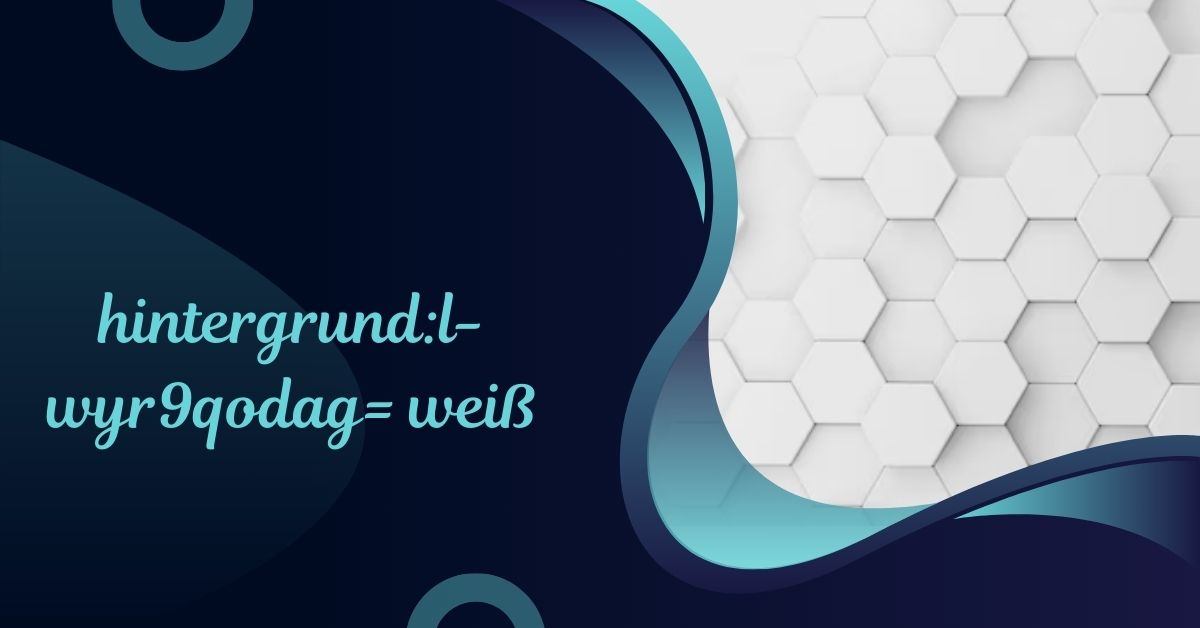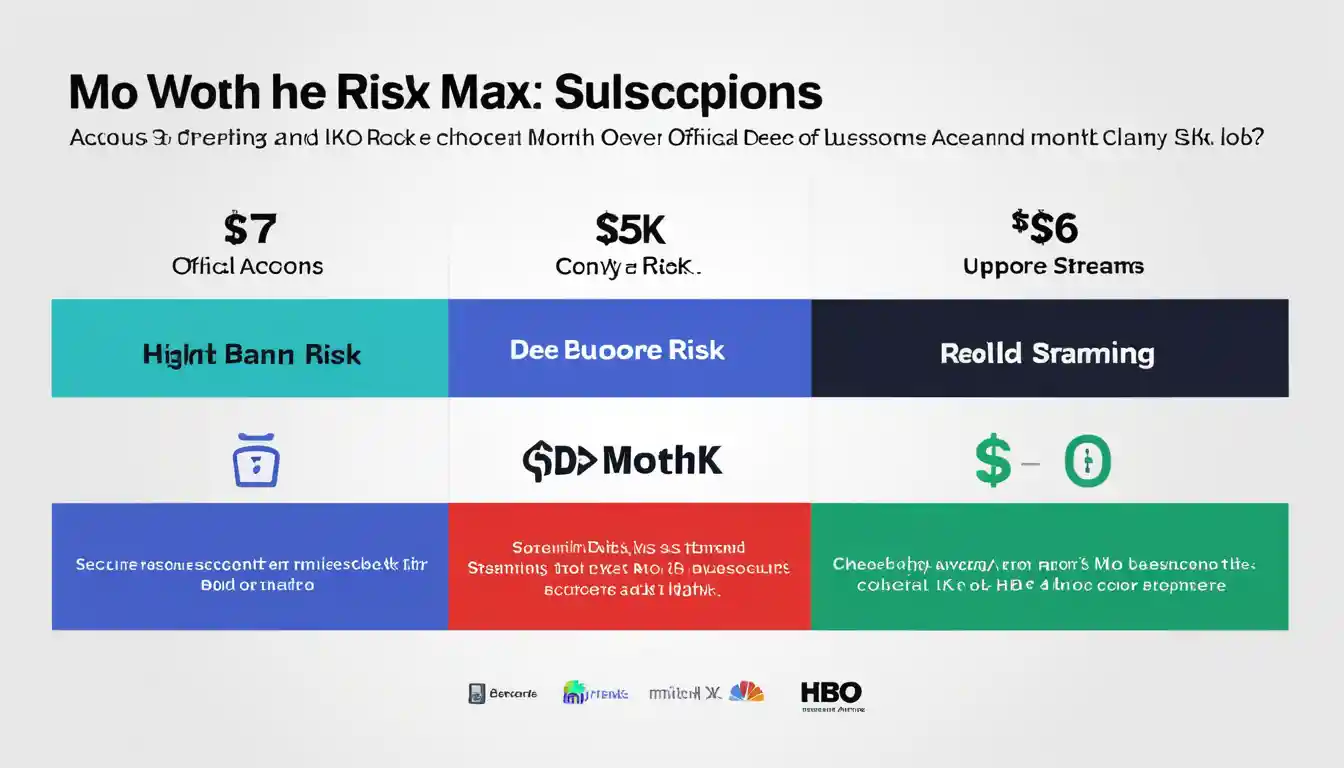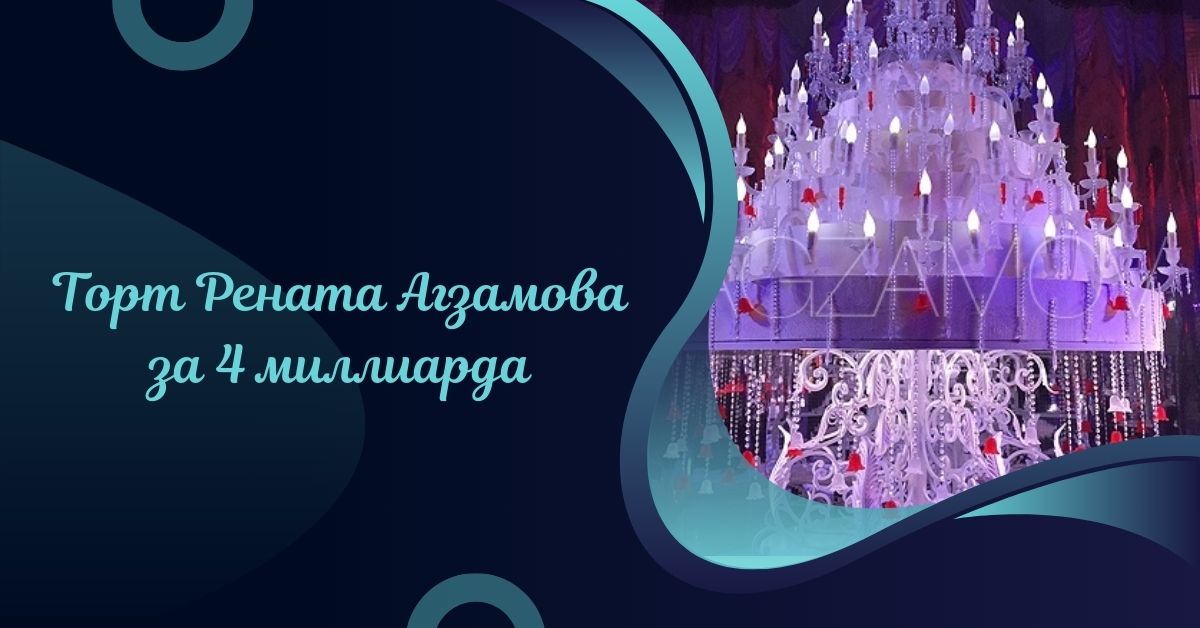In the world of design, the background is often an element that many overlook or take for granted. However, a well-chosen background can significantly influence how the rest of the content is perceived.
The keyword “hintergrund:l-wyr9qodag= weiß” refers to a background design characterized by its simple, elegant white appearance. While this might seem like a basic choice at first glance, it plays a crucial role in bringing freshness, clarity, and modernity to any project.
Whether you’re working on web design, marketing materials, or digital art, the right background can transform your work from ordinary to exceptional. In this article, we will explore why “hintergrund:l-wyr9qodag= weiß” (white background) is a favorite among designers, its benefits, how it enhances user experience, and how you can effectively use it in your projects.
What is “hintergrund:l-wyr9qodag= weiß”?
The term “hintergrund:l-wyr9qodag= weiß” can be translated from German to mean “background: l-wyr9qodag= white,” referring to a specific design or background style that is simple, clean, and characterized by its white color. In design terms, it represents a neutral or blank canvas that helps other elements, such as text, images, and graphics, stand out. The simplicity of white allows the focus to remain on the content itself without distraction, making it an ideal choice for various projects.
Why Choose a White Background?
- Clean and Minimalist Aesthetic A white background naturally lends itself to a minimalist design. By using white as the background, designers can create a clean slate that provides an uncluttered, modern look. The minimalist aesthetic is highly sought after in contemporary design, as it gives projects a polished and sophisticated appearance.
- Highlighting Content White backgrounds enhance readability by providing maximum contrast between text and background. It allows the content to take center stage, making it easier for the audience to focus on the message being communicated.
- Versatility One of the most significant advantages of using a white background like “hintergrund:l-wyr9qodag= weiss” is its versatility. White complements virtually every color, which makes it a perfect choice for websites, presentations, advertisements, and other visual media. Whether paired with bold colors or subtle hues, white works in harmony with various design elements.
- Fresh and Modern Look The freshness of a white background conveys a sense of modernity and innovation. In today’s digital world, where visual appeal is paramount, a white background ensures that your content appears current and up to date.
Benefits of Using “hintergrund:l-wyr9qodag= weiß”
When it comes to design, the background sets the tone for how the rest of the content is perceived. Here are some of the most notable benefits of using the “hintergrund:l-wyr9qodag= weiß” (white background) in your designs:
1. Enhanced Readability
A white background creates the highest contrast with most text colors, especially black. This sharp contrast enhances legibility, ensuring that your content is easy to read and understand. Whether it’s an article, an e-commerce website, or a social media post, readability is key, and a white background helps achieve this effortlessly.
2. Simplicity and Elegance
Simplicity often conveys sophistication. By using a white background, you avoid the distraction of busy or overly complex designs. This leads to an elegant presentation of your content. The focus remains solely on the elements that matter most: the text, the visuals, and the message you’re trying to convey.
3. A Timeless Design Choice
White is a timeless color, meaning it won’t fall out of trend. When you choose “hintergrund:l-wyr9qodag= weiss,” you’re opting for a design style that is as relevant today as it was decades ago. This timelessness ensures your designs age well and don’t feel outdated.
4. Creates Space and Airiness
In design, negative space is just as important as the elements placed within it. A white background gives your design “room to breathe” and creates a sense of spaciousness. It prevents the design from feeling crowded or overwhelming, which can occur when too many contrasting colors or elements are used.
5. Improves User Experience
The simplicity of a white background enhances the user experience by minimizing visual distractions. This makes it easier for users to navigate websites and apps, and helps them find the information they’re looking for quickly. Whether on a mobile device or desktop, white backgrounds are universally appreciated for their clarity and ease of use.
Where Can You Use “hintergrund:l-wyr9qodag= weiß”?
Given its versatility and universal appeal, “hintergrund:l-wyr9qodag= weiß” is suitable for a wide range of design applications. Let’s explore some common scenarios where white backgrounds excel.
1. Website Design
White is often the default choice for website backgrounds. Whether for blogs, portfolios, corporate sites, or e-commerce platforms, a white background provides a neutral space for other design elements to shine. It ensures that the content stands out and remains easy to navigate. For example, well-known websites like Apple and Google use minimalist white backgrounds to keep the focus on their products and content.
2. Graphic Design and Branding
In graphic design, white backgrounds help convey professionalism and clarity. Businesses often use a clean, white design to make logos, product images, and other branding elements stand out. White backgrounds are ideal for flyers, brochures, and business cards where text and logos need to be presented clearly.
3. Digital Art and Photography
For digital artists and photographers, a white background serves as an excellent canvas that highlights their work. Whether showcasing artwork in a portfolio or displaying photographs in an online gallery, white backgrounds help elevate the visual quality of the piece.
4. Marketing Materials
In marketing, simplicity is key. White backgrounds help convey a direct message without unnecessary distractions. Brochures, posters, and advertisements with white backgrounds have been proven to create a sleek and polished look that captures attention and keeps the focus on the content.
5. Social Media Posts and Advertisements
On social media platforms, where content must be eye-catching yet easy to digest, a white background is often used to ensure that the message is the primary focus. Whether it’s for Instagram, Facebook, or Pinterest, a white background allows graphics, call-to-action buttons, and images to stand out clearly.
How to Effectively Use “hintergrund:l-wyr9qodag= weiß” in Your Projects
While a white background is simple, there are several strategies to ensure it enhances your design instead of making it look plain or underwhelming. Below are some tips for making the most of a white background.
1. Use Contrast Wisely
When using a white background, consider pairing it with contrasting elements like bold text, vibrant colors, or striking images. This contrast can help highlight the key message or content of your design.
2. Incorporate Negative Space
Incorporating negative space (empty space around design elements) is essential for a clean, professional look. Don’t overcrowd your design. Let the content breathe by using ample white space to create balance and harmony within the design.
3. Add Texture or Subtle Design Elements
If you feel that a plain white background might be too simple, you can add texture, light gradients, or subtle patterns to enhance its visual appeal. These elements can add depth without overwhelming the design.
4. Be Mindful of Fonts and Images
The choice of fonts and images is crucial when using a white background. Opt for legible fonts with sufficient size and weight to ensure readability. Additionally, images should be sharp and clear so that they stand out against the white space.
5. Maintain Consistency Across Your Design
Consistency is key to a successful design. Make sure that the use of white background is consistent across your project to create a cohesive and unified look. Whether it’s for a website or an advertisement, maintaining a consistent style will help reinforce your message.
FAQs About “hintergrund:l-wyr9qodag= weiss”
What does “hintergrund:l-wyr9qodag= weiss” mean?
“hintergrund:l-wyr9qodag= weiss” is a German term that translates to “background: l-wyr9qodag= white.” It refers to a background design that uses a simple, white backdrop. This type of design is popular for its minimalistic and clean aesthetic.
Is using a white background a good choice for all types of designs?
Yes, white backgrounds are versatile and can be used across a wide range of designs, from websites to marketing materials. They are particularly effective for ensuring that the content stands out clearly and is easy to read.
Can I use other colors with a white background?
Absolutely! White backgrounds pair well with nearly every color. You can use bold or subtle colors for text, images, and design elements to create a contrast that highlights the content effectively.
How does a white background improve user experience?
A white background improves user experience by offering a simple, clean space where the focus is on the content. It reduces distractions and makes it easier for users to navigate websites or read articles without feeling overwhelmed by the design.
Conclusion: Why Choose a White Background?
The simplicity and elegance of “hintergrund:l-wyr9qodag= weiß” (white background) have made it a staple in modern design. Whether you’re designing a website, creating marketing materials, or producing digital art, a white background can enhance your work’s visual appeal, readability, and overall impact. By using white backgrounds effectively, you can create a design that is both timeless and sophisticated, ensuring that your content shines through in the best possible light.










